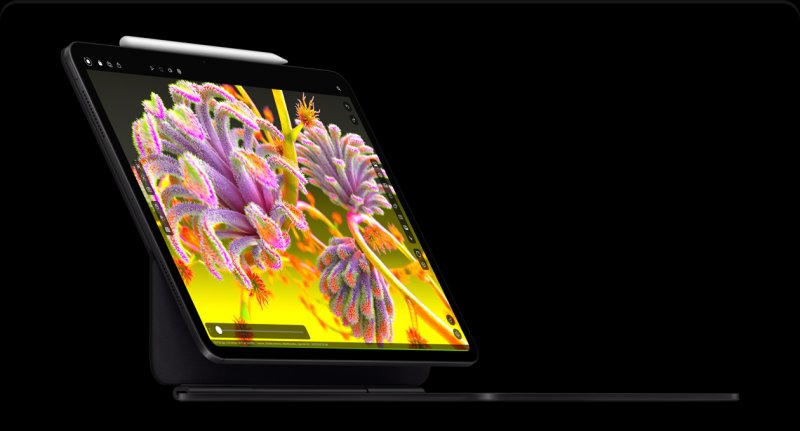The new ones iPhone Pro 16or whatever the top of the range Apple products arriving on the market next autumn will be called, will have OLED displays produced by Samsung Display and LG Display. In fact, it seems that for the first LG Display it managed to pass Apple’s quality controls in time, and not just after mass production had already begun. However, the Chinese manufacturer BOE will not be involved, as it continues to have great difficulty in meeting the quality requirements imposed by Apple for the OLED panels of the top-of-the-range models.
The breakdown of the iPhone 16 models should therefore be as follows: Samsung Display will supply screens for all four new iPhone 16 models, two basic and two from the Pro series, while LG Display will produce the screens only for the two flagship models. The Chinese manufacturer BOE, however, will supply panels for only the two basic models. At the moment, however, neither Samsung nor LG have yet received approval for the iPhone 16 Pro Max, because Apple has taken time to analyze the samples.
As for the announcement, the new iPhones should be presented after the summer, with a streaming event scheduled for September.
Macbook Pro with OLED screens from 2026?
After the 11 and 13-inch iPad Pro M4, which are taking orders well beyond expectations, Apple’s transition towards OLED displays continues. The next step should be the adoption of the new Tandem OLED displays in the range MacBook Pro. Although the launch is not expected before a couple of years from now.
In fact, a new report from Omdia states that in the next few years the transition to OLED will cause the demand for Tandem OLED panels for laptops to skyrocket. The technology is therefore likely to debut on the 2026 MacBook Pro models, offering the same benefits as those found on the iPad Pro M4 range.
Omdia Display estimates demand for these screens will increase 37% from 2023 to 2031. The report doesn’t mention whether Tandem OLED technology will come to products from brands other than Apple, but at this point it’s very likely that the 2026 MacBook Pro will debut with this technology. For those who don’t know, Tandem OLED allows you to increase brightness levels while improving the overall lifespan of these panels, which is why they’re integrated into the latest iPad Pro family.
The new displays should also allow the 2026 MacBook Pro models to become thinner like the M4 iPad Pro models, as a separate backlit panel will no longer be needed, thanks to OLED using self-illuminating single pixels. Ricky Park, Omdia’s Senior Principal Analyst for display research, believes Apple’s transition to OLED on MacBook Pro models in 2026 will drive increased demand in the notebook industry.
“It is highly likely that Apple will integrate OLED into its MacBook Pro models as early as 2026,” Park said. “This move could unleash a significant increase in demand for OLED in the notebook market, potentially reaching over 60 million units by 2031.”
As for why Apple is taking so long to bring OLED to its high-end MacBook Pro models, a previous report stated that the tech giant’s supply chain hasn’t yet established the production lines necessary for the mass production of these panels.
Samsung is said to have already invested $3.1 billion in a new factory, but there’s no word yet on when mass production will begin. On the other hand, these units are expensive to produce, so we imagine that it took a lot of effort on Apple’s part to convince Samsung and LG to create dedicated production facilities.
#iPhone #Pro #OLED #screens #Samsung #MacBook #Pro
